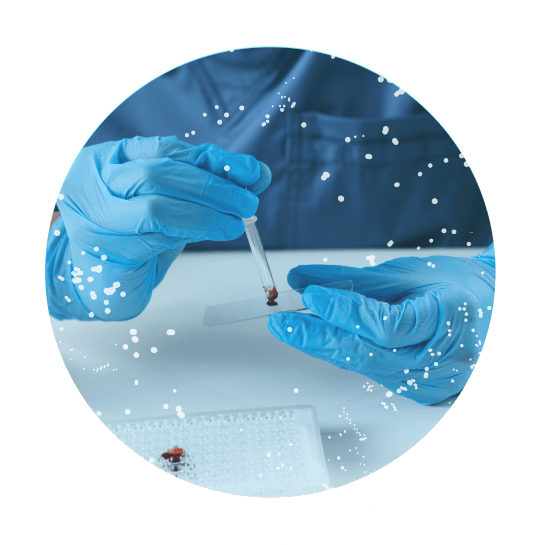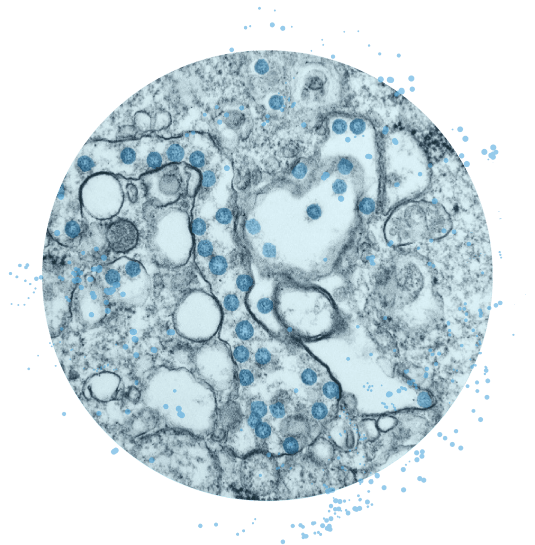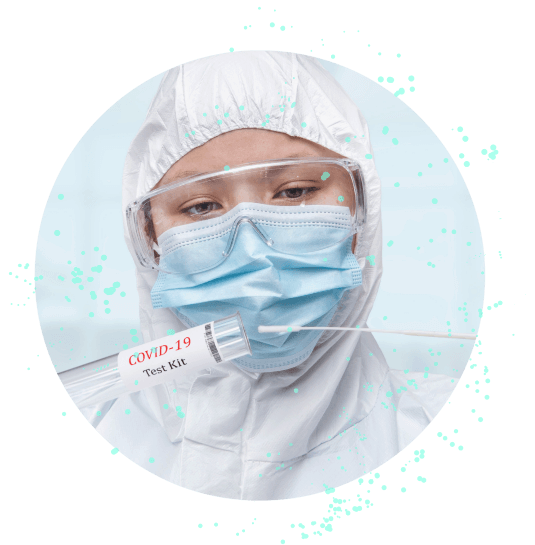The use of gene sequencing technology to detect disease-related biomarkers, explore or determine the relationship between genes and diseases, has become a routine technical means for many clinical units or testing institutions, widely applied in various directions such as prenatal screening, genetic disease carrier screening or diagnosis, tumor companion diagnosis, drug sensitivity testing, infection pathogen identification, and medication guidance.
The Linaxin Biological Nanopore Gene Sequencer supports direct sequencing of raw DNA templates without amplification or preference, cDNA sequencing, and short and long DNA sequencing. In addition to conventional SNP/InDel identification, it is more conducive to identifying complex regions of long fragments, such as utilizing the advantages of long fragments for structural variation identification and pathogen identification. In addition, the compact and portable characteristics of the nanopore gene sequencer equipment can be widely used in various local unit laboratories, and the flexible throughput without the need for sample testing and real-time sequencing make it very suitable for medical units and testing institutions that need to quickly obtain sequencing results. Exploring the performance and advantages of using a nanopore sequencer for clinical diagnosis:

Nanopore gene sequencing can simultaneously identify genetic disease-related SNPs, InDel, STR, structural variations, and other information, comprehensively obtaining patient genetic mutation information, which is more conducive to convenient and comprehensive disease diagnosis and genetic carrier screening. The characteristic of long read length is more advantageous in identifying complex long segment sequence information, such as STR, structural variation, and haplotyping scenarios.

Nanopore gene sequencing can simultaneously identify tumor related SNPs, InDels, fusion genes, complex rearrangements, and other information. It can also identify gene expression differences and isoforms based on long fragment sequences, comprehensively obtaining patient mutations, tumor mutation burden, or expression information, which is more conducive to patient medication and treatment, and improving patient survival rates. The characteristic of long read is more advantageous in identifying complex long sequence information, such as structural variations, complex rearrangements, HLA typing, and other haplotype typing scenarios.

For infectious samples, long fragment sequencing based on metagenomic or targeted enriched nucleic acid libraries can obtain longer pathogen genome sequence information, which is beneficial for improving pathogen species identification ability and effectively detecting drug resistance genes and virulence genes, thereby accurately diagnosing the type of infection in patients. Through real-time sequencing and data analysis, it is more beneficial for critically ill infected patients to obtain timely test results, facilitate early treatment intervention, improve patient survival rates, and reduce treatment costs.